
A community college is a type of undergraduate higher education institution, generally leading to an associate degree, certificate, or diploma. The term can have different meanings in different countries: many community colleges have an open enrollment policy for students who have graduated from high school, also known as senior secondary school or upper secondary school. The term usually refers to a higher educational institution that provides workforce education and college transfer academic programs. Some institutions maintain athletic teams and dormitories similar to their university counterparts.
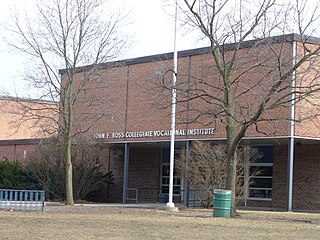
Vocational education is education that prepares people for a skilled craft. Vocational education can also be seen as that type of education given to an individual to prepare that individual to be gainfully employed or self employed with requisite skill. Vocational education is known by a variety of names, depending on the country concerned, including career and technical education, or acronyms such as TVET and TAFE. TVE refers to all forms and levels of education which provide knowledge and skills related to occupations in various sectors of economic and social life through formal, non-formal and informal learning methods in both school-based and work-based learning contexts. To achieve its aims and purposes, TVE focuses on the learning and mastery of specialized techniques and the scientific principles underlying those techniques, as well as general knowledge, skills and values.
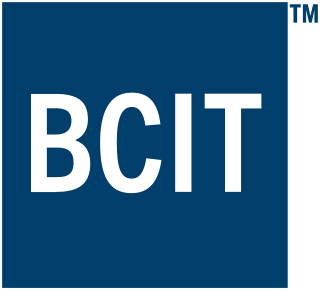
The British Columbia Institute of Technology, is a public polytechnic institute in Burnaby, British Columbia, Canada. The technical institute has five campuses located in the Metro Vancouver region, with its main campus in Burnaby, British Columbia, Canada. There is also the Aerospace Technology Campus in Richmond, the Marine Campus in the City of North Vancouver, Downtown campus in Vancouver, and Annacis Island Campus in Delta. It is provincially chartered through legislation in the College and Institute Act. The school operates as a vocational and technical school, offering apprenticeships for the skilled trades and diplomas and degrees in vocational education for skilled technicians and workers in professions such as engineering, accountancy, business administration, broadcast/media communications, digital arts, nursing, computing, medicine, architecture, and law.

A vocational school, is a type of educational institution, which, depending on the country, may refer to either secondary or post-secondary education designed to provide vocational education or technical skills required to complete the tasks of a particular and specific job. In the case of secondary education, these schools differ from academic high schools which usually prepare students who aim to pursue tertiary education, rather than enter directly into the workforce. With regard to post-secondary education, vocational schools are traditionally distinguished from four-year colleges by their focus on job-specific training to students who are typically bound for one of the skilled trades, rather than providing academic training for students pursuing careers in a professional discipline. While many schools have largely adhered to this convention, the purely vocational focus of other trade schools began to shift in the 1990s "toward a broader preparation that develops the academic" as well as the technical skills of their students.
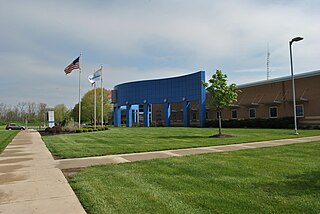
The Miami Valley Career Technology Center (MVCTC) is a public career technology school in Englewood, Ohio. It serves five southwestern Ohio counties. Prior to 1994, it was known as the Montgomery County Joint Vocational School.
The Pennsylvania College of Technology is a public college in Williamsport, Pennsylvania. It is affiliated with, but a self-governing entity of, Pennsylvania State University. It is an applied technology college that offers certificate, associate, baccalaureate, and master's degree programs in more than 100 fields of study. The college's student body is 64% male and 86% are full-time.
Southern Arkansas University Tech is a Technical Institute in Calhoun County, Arkansas.
Higher education in Japan is provided at universities, junior colleges, colleges of technology and special training schools and community colleges. Of these four types of institutions, only universities and junior colleges are strictly considered postsecondary education providers. The modern Japanese higher education system has undergone numerous changes since the Meiji period and was largely modeled after Western countries such as Britain, France, Germany, and the United States of America combined with traditional Japanese pedagogical elements to create a unique Japanese model to serve its national needs. Unlike higher education in some other countries, public universities in Japan are generally regarded as more prestigious than private universities, especially the National Seven Universities.

The Oklahoma Department of Career and Technology Education is an agency of the state of Oklahoma located in Stillwater, Oklahoma.
The Lake Washington Institute of Technology (LWTech) is a public community college in Kirkland, Washington. LWTech is a member of the Washington State Board for Community and Technical Colleges and offers bachelor's degrees, associate degrees, and professional certificates in more than 40 areas of study.

Guilford Technical Community College is a public community college in the Piedmont Triad of North Carolina. It is the fourth largest institution in the North Carolina Community College System and the largest in the Piedmont Triad. Guilford Technical Community College also has campuses in Jamestown, High Point, Greensboro, and Colfax.
Bates Technical College is a public technical college in Tacoma, Washington. The college offers Associate of Applied Science degrees, academic certificates, and industry certifications. Bates is accredited by the Northwest Commission on Colleges and Universities.
Howell Cheney Technical High School, or Cheney Tech, is a technical high school in Manchester, Connecticut. It was established in 1915 by Howell Cheney as a textile school, in order to provide training for those wishing to work at the local silk mills. It receives students from many nearby towns. Cheney Tech is part of the Connecticut Technical Education and Career System.

The University of Arkansas Community College at Morrilton (UACCM) is public community college in Morrilton, Arkansas. It is accredited by The Higher Learning Commission.
J.M. Wright Technical High School, or Wright Tech, is a technical high school located in Stamford, Connecticut, United States. It is part of the Connecticut Technical High School System.
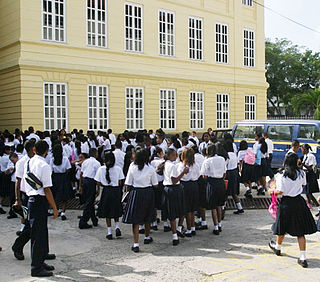
Education in Panama is compulsory for the first six years of primary education and the first three years of secondary school. As of the 2004/2005 school year there were about 430,000 students enrolled in grades one through six. The total enrollment in the six secondary grades for the same period was 253,900. More than 91% of Panamanians are literate.
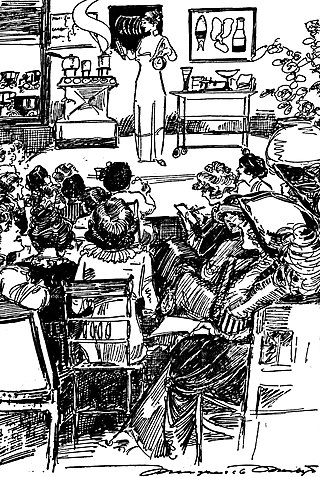
Vocational education in the United States varies from state to state. Vocational schools or tech schools are post-secondary schools that teach the skills necessary to help students acquire jobs in specific industries. The majority of postsecondary career education is provided by proprietary (privately-owned) career institutions. About 30 percent of all credentials in teaching are provided by two-year community colleges, which also offer courses transferable to four-year universities. Other programs are offered through military teaching or government-operated adult education centers.
Orion Technical College is a private for-profit technical college in Davenport, Iowa.

The Military Academy of the University of Defence is a college devoted to military education and career development located in Belgrade, Serbia. The academy forms part of the Serbian higher education system, offering accredited graduate and postgraduate curriculum. It contains a undergraduate military college as well as postgraduate studies.
Renton Technical College is a public community college in Renton, Washington. The college offers bachelor's degrees, associate degrees and certificates of completion in professional-technical fields.











